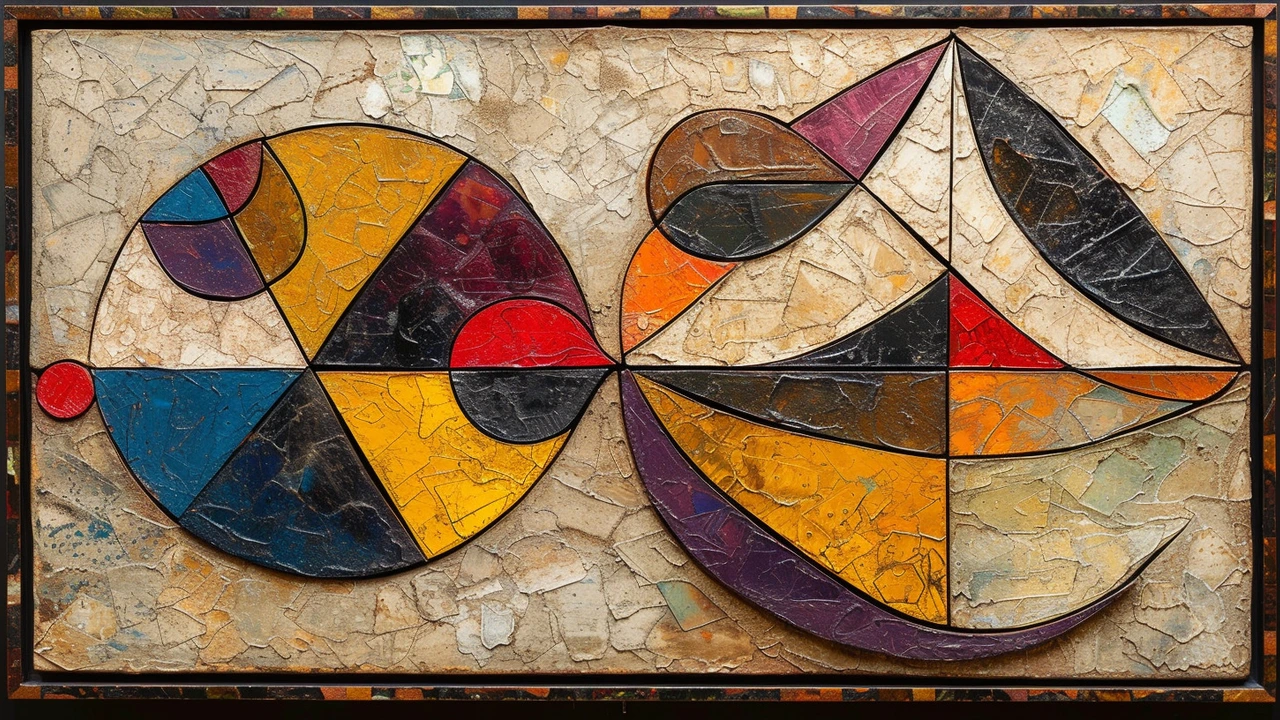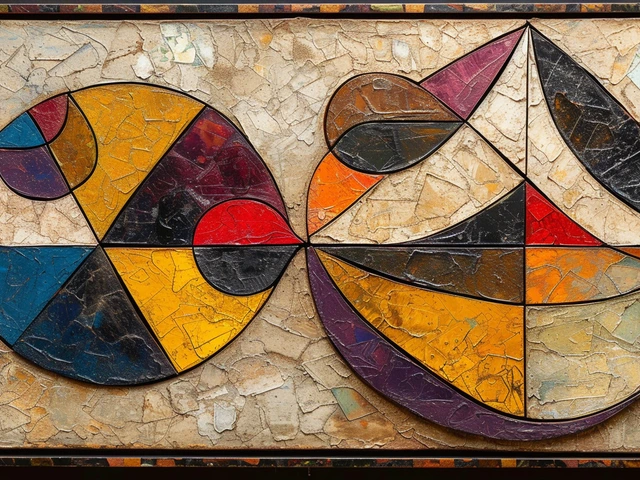Exploring the Realm of Deconstructivism
Ah, Deconstructivism! When I first dabbled in this, I remember it being the art equivalent of throwing my very organised sock drawer into complete disarray. Imagine splintering the box of conventional design ideas, scattering the pieces all over the place, and then picking up those pieces and reassembling them in a brand-new way. That, my dear friends, would sketch out the loose outline of Deconstructivism, a wild, spirited movement in architecture.
Deconstructivism, in its essence, challenges your perception and shakes the shackles traditional design has placed on our minds. It's like inviting over my Maine Coon, Darcy, knocking over my carefully set-up dominoes just for the heck of it, coupled with the animated excitement of my Golden Retriever, Baxter, who is always ready for a romp! It is viewing a structure not just as a stoic, steadfast shelter but as a dynamic piece of art interacting with its environment and inhabitants. Interestingly, it directly dictates the inspiration one could take from disarray and chaos—two words traditionally frowned upon in architecture.
Understanding the Roots of Deconstructivism
Deconstructivism is not just an arty-farty term dropped out of nowhere. Paradoxically, the roots that anchor such a motion-filled and dynamic theory are deeply embedded in history. It grew from the philosophy of Jacques Derrida who coined the term ‘deconstruction’. Derrida liked to perceive things differently and deconstruct, or break down text, to understand its true meaning. It was almost like pulling the whiskers of my seemingly stoic feline, Darcy, to see his amusing flare-ups—diving deeper to understand and reveal what lies beneath the exterior.
The concept then hitched a ride on the minds of architects like Zaha Hadid and Peter Eisenman, who dared to see architecture not just as an embodiment of function and form, but as an expressive art form. Imagine it’s like Baxter’s sudden bursts of energy, instantly transforming a quiet afternoon into a symphony of eccentric tail chasing antics—all elements in a piece of art, functioning in harmony while keeping their separate identities intact.
Decoding the Concept of Deconstructivism
"To understand Deconstructivism, one needs to strip down their understanding of geometry, relationships, and dimensions," I remember my wise old art teacher saying. And he was right. Deconstructivism, like watching Darcy chase his own tail in circles, tends to warp traditional relationships of forms and structures, destabilising the orthodox perception.
The expressions inherent in Deconstructivism challenge the norms of rectilinear forms and rigid geometries that sit at the centre of postmodern architecture. Instead, it favours seemingly fragmented, fluid forms that disorient you and encourage you to perceive spaces in a new light. It's like when Baxter jumps in the pond and shakes himself dry, sending droplets of water flying in every direction—unexpected, unconventional, and inspiring in a strange sense.
Awe-inspiring Instances of Deconstructivism
These might be overwhelming concepts, like trying to make Baxter submit to the vet's routine check-up. But witnessing Deconstructivism in reality is a true spectacle.
Perhaps the most notable example is the Guggenheim Museum in Bilbao by Frank Gehry. The structure features an erratic mix of curved and swooping metal forms that defy conventional design norms. Another must-mention monument is the Dancing House in Prague. It looks like Darcy and Baxter embroiled in a playful fight, where forms and materials entwine, twist and break away, thereby pushing the boundaries of what one might imagine can be achieved structurally.
Unleashing your Creativity with Deconstructivism
But it doesn't stop at appreciating these marvels of design. If architecture fuels your creativity, Deconstructivism can help you paint with bolder strokes. It allows you to experiment, much like how I let Baxter loose in a field, completely free from the constraints of a leash.
Embracing Deconstructivism means liberating yourself from conventional methods and tapping into the untamed wilderness of creativity. It's about welcoming chaos and turning it into an organised disorder—cleverly ordered to communicate, connect and leave a bit of you in what you create.
Why Deconstructivism Matters in Today's World
If you think Deconstructivism is just a lofty concept tucked away in the artsy circles, think again! In synthesis, it stands as a symbolic rebellion against rigid norms, challenging the status quo and inviting innovative ways of thinking. Much like how Darcy and Baxter help introduce a sense of disorder in my routine life, reminding me of the importance of embracing chaos, Deconstructivism serves to disrupt rigid structures in the architectural landscape.
By not just tolerating, but celebrating deconstruction and fragmentation, we nurture a space where new ideas are born, flourished and cherished. In the grand scene, it inspires societies to welcome and acknowledge change, becoming more adaptive and dynamic in the process. It creates an attitude that welcomes the unexpected, finds order in seeming chaos, and gives birth to eternal optimist such, as myself and hopefully you too. So, let's continue exploring such intriguing concepts and unleash our creative spirits!



Leave a Comments